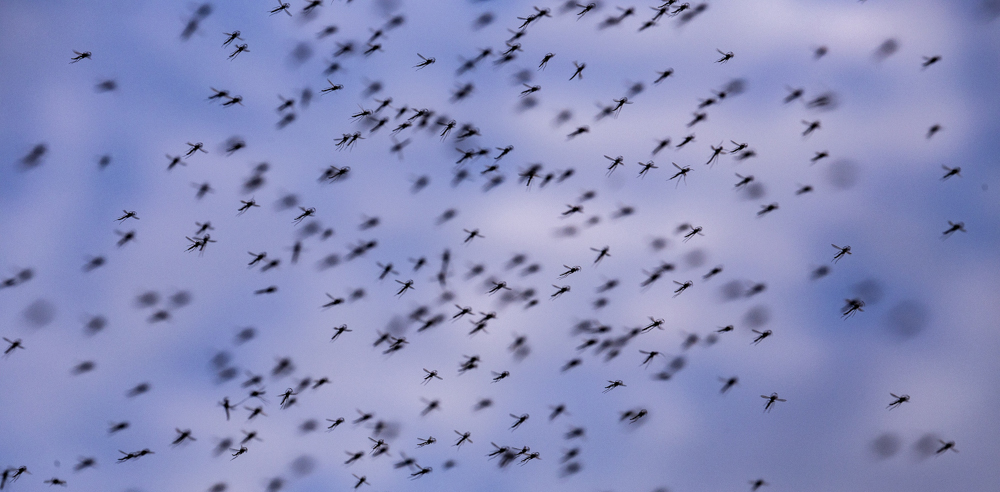
The “Smokes” of Spring
May 29, 2019 | Topics: Stories
Story and photos by Andy Holman
The smokes of spring have returned to the shores of Lake Michigan. They are not created by fire but are alive.
I first encountered the smokes one fine spring day in May when I decided to go birdwatching early in the morning at Warnimont Park in southern Milwaukee County. The day was clear, windless and sunny.
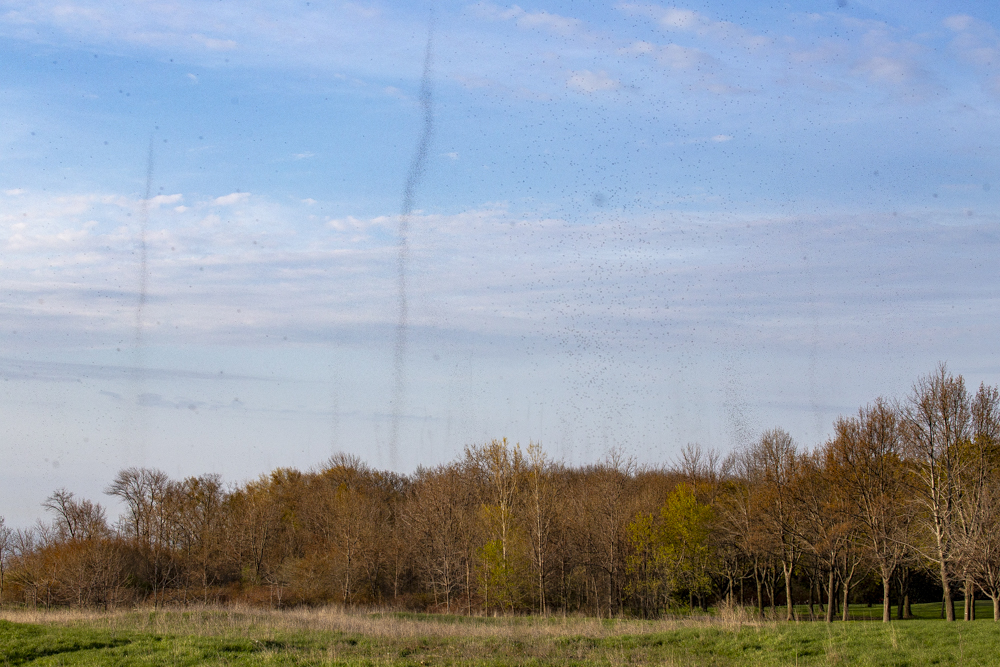
I walked on a field that for many years had been inhabited by a now closed gun club. All evidence of the club was gone but to my great surprise, there were plumes of smoke everywhere that rose high in the sky. I quickly forgot about birdwatching and tried to determine the source of the smoke. I thought that perhaps it was some kind of blaze
but there were no flames.
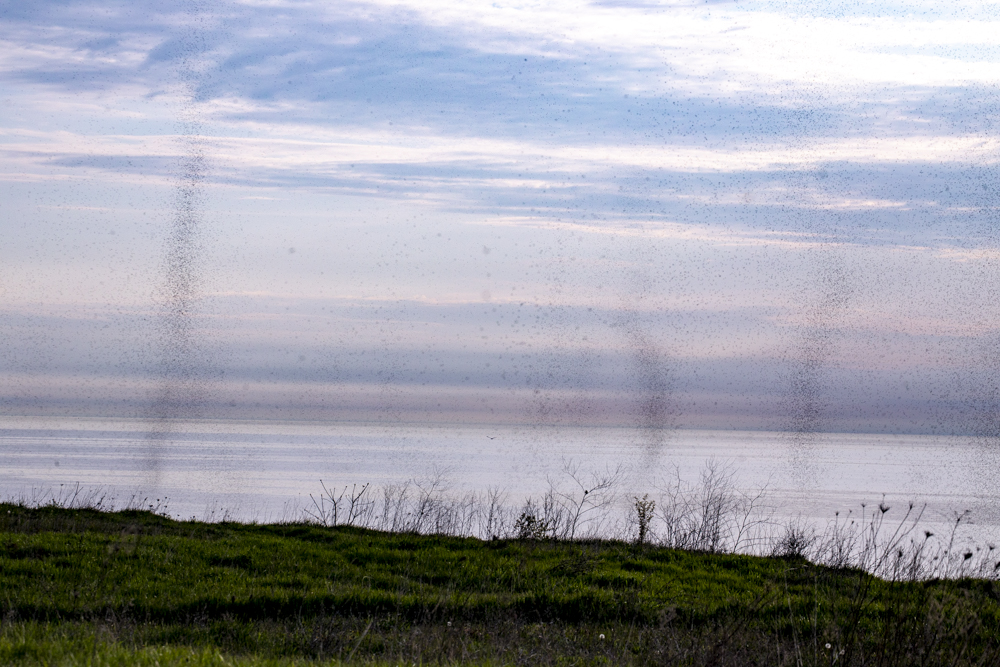
I then looked closer at the plumes and noticed that they were not caused by any fire. Instead the “smoke” consisted of many thousands of midges (also known as lake flies) that were swirling around in vertical columns. There were many thousands of these on the field that morning and the windless day undoubtedly led to the impression of smoke.

I inquired about this phenomenon with the Wisconsin Bug Guy—Patrick Liesch of UW-Madison. He informed me that this is not an uncommon occurrence near bodies of water. The insects were simply trying to find a mate and reproduce. Male and female midges emerge from Lake Michigan when the water temperature starts rising above 42.° The males form swarms and the females fly into them. The females then return to the lake to lay their eggs which sink to the bottom. The eggs develop as larva and emerge the next year as midges.
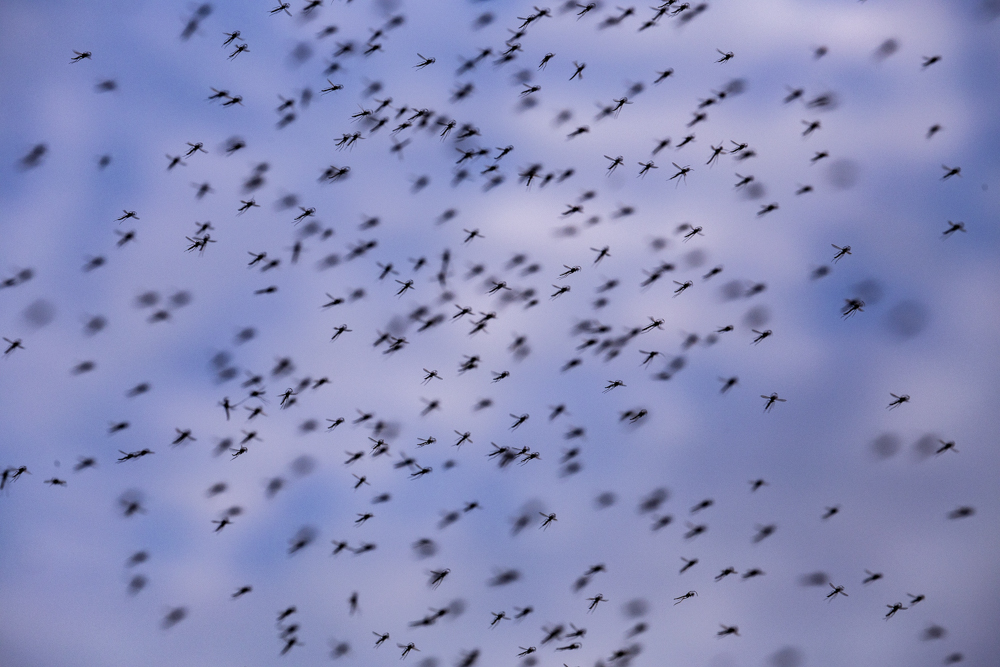
Midges are a key component of the lake ecosystem as they provide food for fish and insect-eating birds. Midges often get mistaken for mosquitos but they don’t bite as they don’t have mouths.
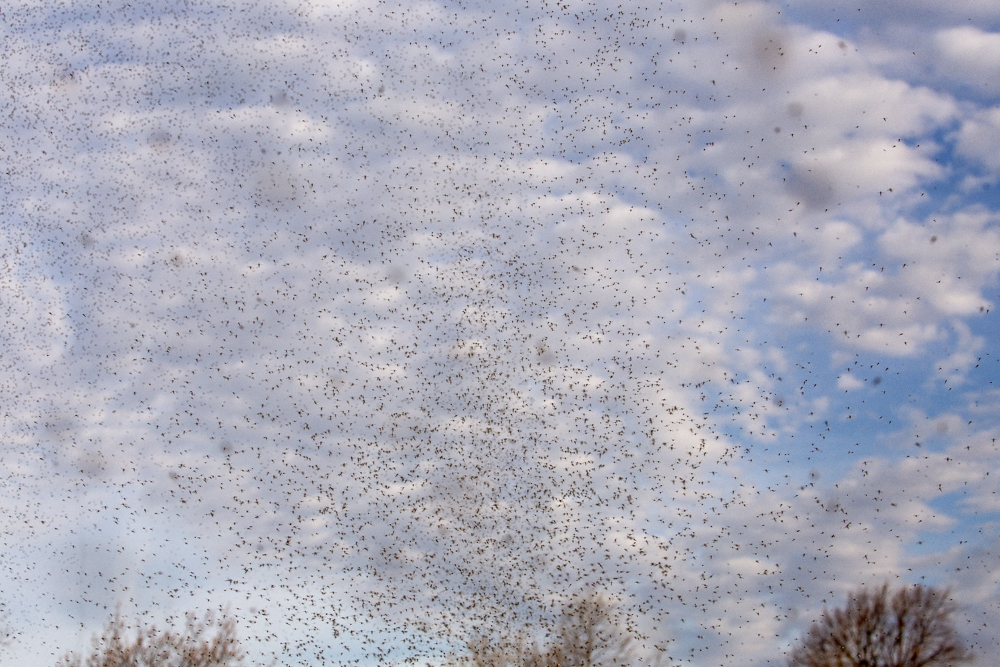
So, the Smokes of Spring were really the mating of midges. A sight to behold on a windless morning in May.
Andy Holman is a semi-retired CPA who works with nonprofits while also enjoying biodiversity wherever he can find it. He has traveled to all seven continents in that quest but has always been rooted in Milwaukee. His photos have been exhibited at the Milwaukee Public Library, Betty Brinn Children’s Museum and the Racine Art Museum and they have been published in Handbook of the Mammals of the World. Website: www.biodiversityphoto.com

